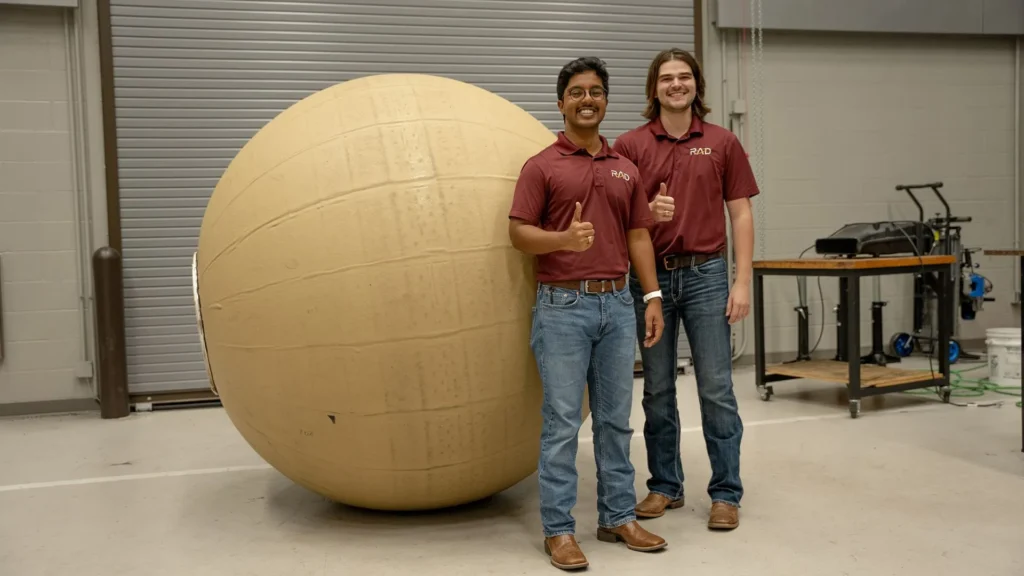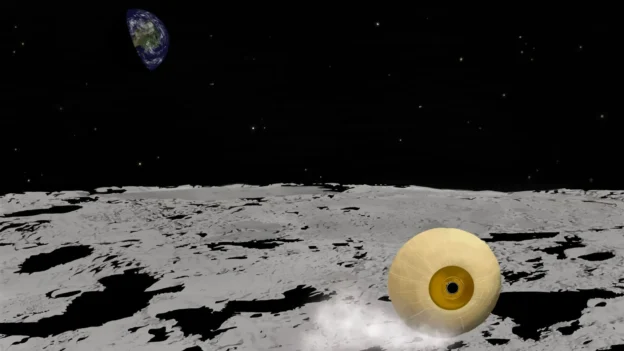In 2003, Dr. Robert Ambrose devised a spherical robot while working at NASA. Two decades later, as a researcher at Texas A&M University, the project has come to life as RoboBall. With institutional support, the university’s RAD Lab took up the design with a clear mission: to reach terrain where traditional vehicles fail.
Engines, algorithms and academic freedom
The project is being advanced by doctoral students Rishi Jangale and Derek Pravecek, who have optimized the performance and redesigned critical components of the system. RoboBall II, 60 cm in diameter, is used for control and speed testing. RoboBall III, RoboBall IIIRoboBall III, measuring 1.80 meters, is designed to deploy sensors, tools and analysis systems in real missions. real missions..
“They give us total freedom to explore and fail,” Jangale explains. This approach has enabled the team to reach speeds of 32 km/h, well above what was initially planned.

Tests in real environments
The team plans trials on the beaches of Galveston to evaluate RoboBall’s ability to transition between aquatic and terrestrial environments. Thanks to its sealed, symmetrical structure, the robot does not rely on a specific orientation, giving it an advantage on rough or unstable terrain.
Despite its efficiency in the field, accessing the robot’s internal components is a challenge. Any failure requires complete disassembly. Even so, progress is constant.
Every step RoboBall takes forces us to innovate from scratch.
Pravecek states.

Spherical robot and emergency applications
RoboBall is designed with a view to remote missions and extreme environments. Its potential ranges from exploring lunar craters to intervening in areas affected by hurricanes. Equipped with autonomous navigation systems, it could be deployed from drones or space modules to map, collect data and perform support tasks without direct intervention.
With a focus on student research, RoboBall represents a new line of development in exploration robotics. As the project progresses, it is clear that the spheroid shape not only rolls, it also transforms what is possible.
Source and photo: Texas A&M University

